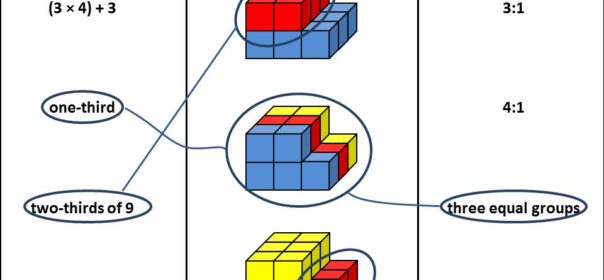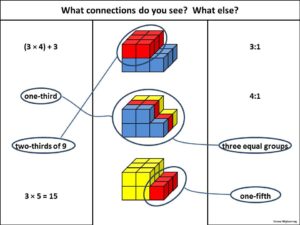More Free Animated Math Lessons Coming Soon!
Subscribe to get the latest content by email.
Cube Connectors is a strategy that I’ve created – and would like to share with you. This combination of images and descriptions will have your students seeking connections in ways you may never have anticipated!
In addition, I plan to create an ongoing bank of resources so that you can turn the cube connectors strategy into a classroom routine!
Before you download the three free resources – including the animated slides – watch the video. Then you will be ready to unleash this powerful resource in you classroom.
Along the way, if you take pictures, please send them to me. I’d love to post some on the blog!
Click here to download:
Cube Connectors Slide 1 (with annotations)
Cube Connectors Slide 1 (without any annotations)
Update! The Second Cube Connector resource is now ready at this link!
You may also enjoy:
- Provide Massive Space to Notice
- Stepping into Each Others’ Classrooms
- 12 Ideas to Propel Your Growth Journey
Thank you for reading! I look forward to seeing your pictures!
Steve



Leave a Reply